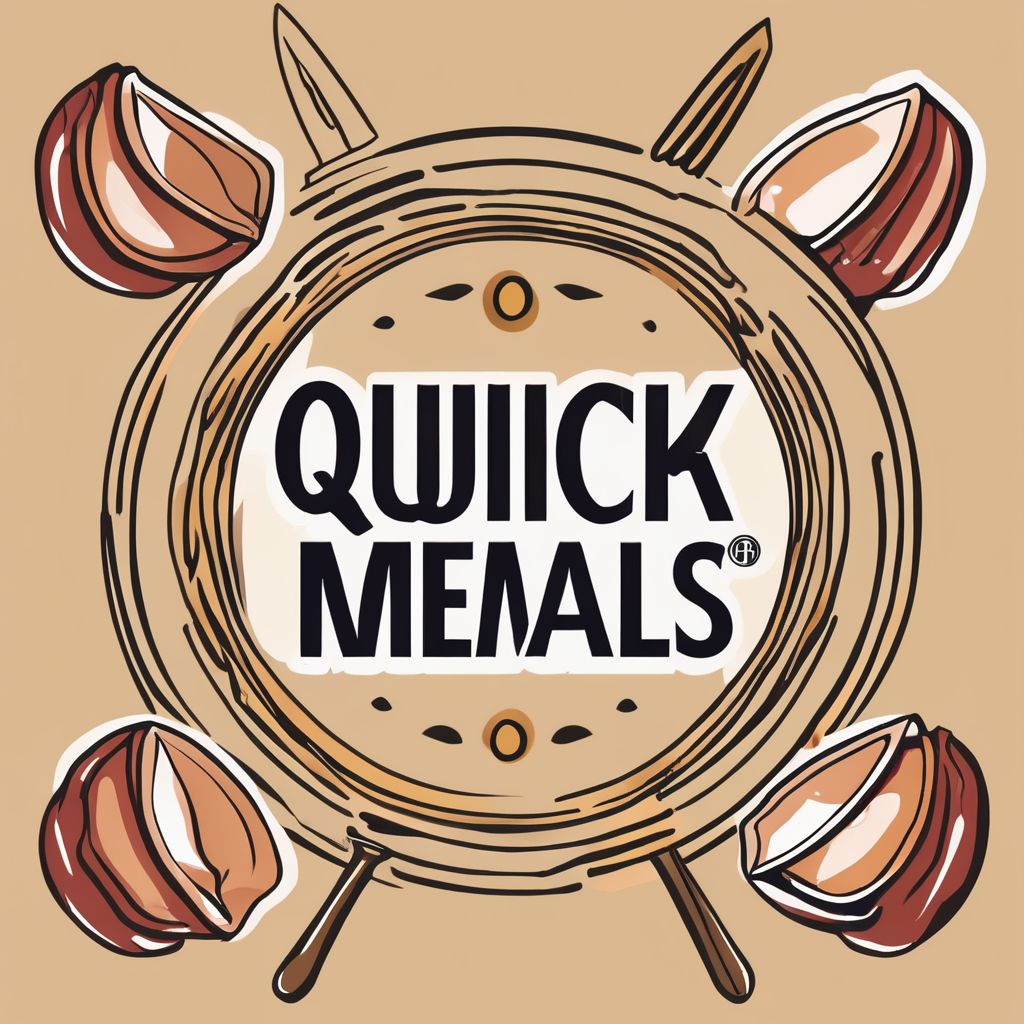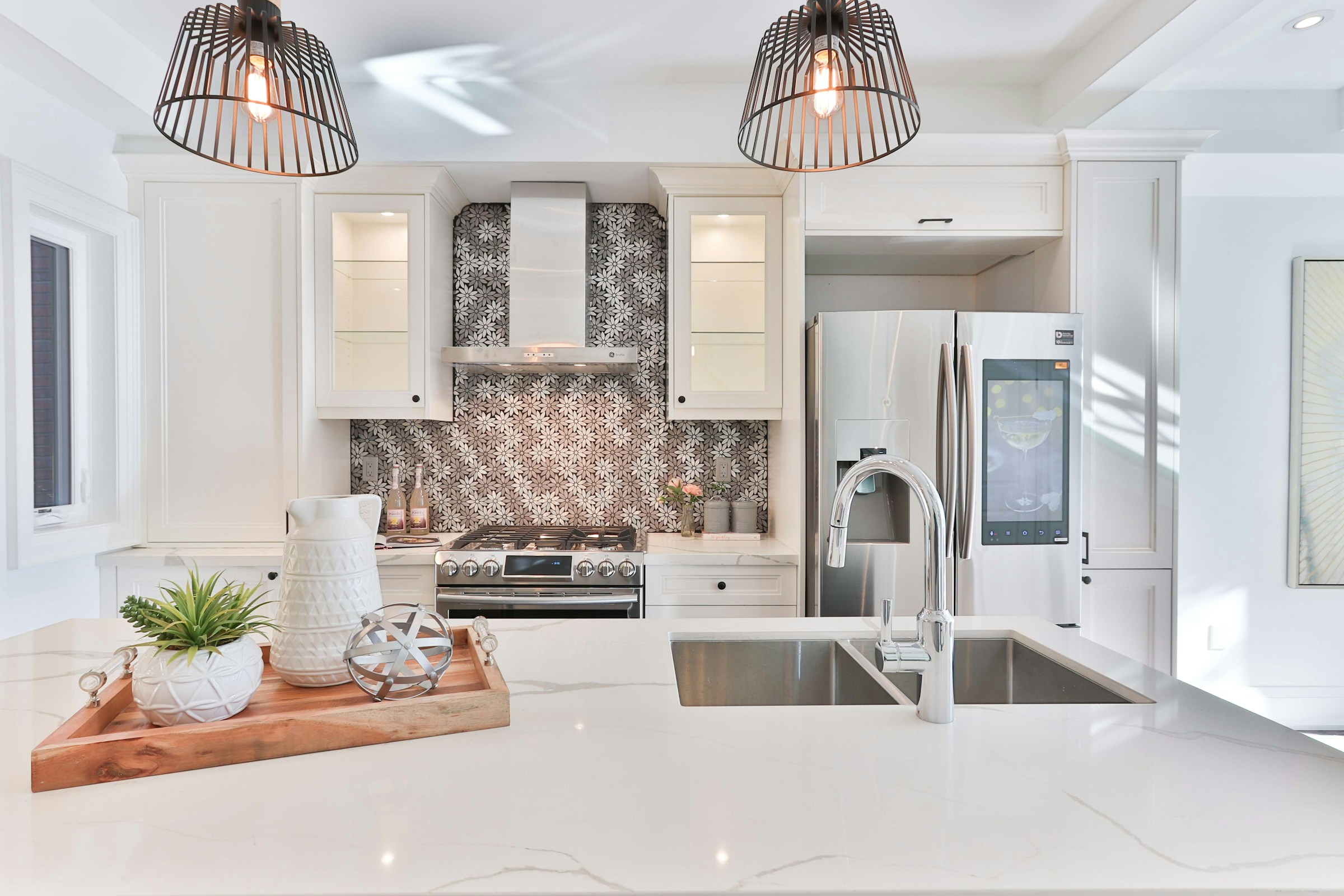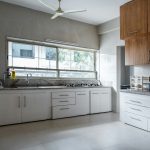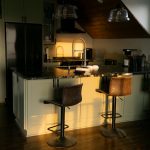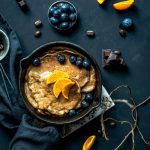Defined as the protective cover installed on the wall behind your sink or stove, a kitchen backsplash serves a dual purpose. It not only enhances the overall aesthetic appeal of your kitchen but also shields the walls from spills and stains that occur during cooking. Yet, selecting the right material for your kitchen backsplash can be quite a challenge, particularly considering factors like durability, ease of cleaning, and resistance to mold.
In a space like your kitchen where moisture levels are comparatively high, mold resistance becomes a significant factor to keep under consideration. Choosing a material that is not only visually appealing, but also resistant to mold, extends the longevity of your kitchen walls and backsplash. So, allow us to guide you through some of the best materials for a kitchen backsplash that resists mold.
This might interest you : How to achieve the perfect balance between artificial and natural kitchen lighting?
Ceramic and Porcelain Tiles
Ceramic and porcelain tiles have long been a popular choice for kitchen backsplashes. With their wide array of designs, colors, and textures, these tiles can complement any kitchen design.
The key to their mold-resistance lies in the glazing process. The tiles are coated with a liquid glass and then fired in a kiln, creating a surface that is non-porous and resistant to moisture and mold. This also makes them easy to clean, a simple wipe with a cloth or sponge can remove most stains. As for grout lines, using a mold-resistant grout can further minimize the chances of mold growth.
Additional reading : How can multi-color LED lights transform the ambiance of a kitchen?
Glass Tiles
Widely recognized for their contemporary appeal, glass tiles are another fantastic option for a mold-resistant kitchen backsplash.
As a non-porous material, glass doesn’t allow water or mold to penetrate. Its smooth surface also makes it easy to clean, requiring only a quick wipe down with a damp cloth and mild detergent. Moreover, glass tiles reflect light, making your kitchen appear brighter and more spacious. The only possible downside is their relatively fragile nature as compared to other materials, but with careful handling and installation, this issue can be mitigated.
Stainless Steel
If you’re aiming for a sleek and modern aesthetic, stainless steel might be the perfect fit for your kitchen backsplash.
Stainless steel is non-porous, which means it doesn’t give mold a chance to grow. It’s also incredibly easy to clean, typically requiring just a wipe down with a damp cloth. One of the major benefits is its durability. Stainless steel can withstand high temperatures, making it a great choice for the area behind your stove. However, it is prone to showing fingerprints and smudges, so it may require more frequent cleaning.
Natural Stone
Natural stone offers a timeless and classic appeal that is hard to match. From granite to marble, slate, and travertine, there are plenty of options to choose from.
These materials are known for their durability and aesthetic appeal. However, they are porous and can absorb moisture, leading to potential mold problems. But this can be avoided by applying a high-quality sealer. The sealer fills in the pores on the stone’s surface, making it resistant to water and mold. It’s important to reapply the sealer regularly, as per the manufacturer’s instructions, to maintain its effectiveness.
Solid Surface Materials
Solid surface materials, like Corian or quartz, are a newer entrant in the world of kitchen backsplashes. These materials are made by combining minerals and resins, resulting in a non-porous and mold-resistant surface.
These backsplashes are seamless, eliminating the need for grout, which is often a breeding ground for mold. They come in a variety of colors and patterns, offering plenty of design flexibility. Cleaning solid surface backsplashes is also quite convenient, requiring only a wipe with a damp cloth and mild soap.
Choosing the right material for your kitchen backsplash boils down to your personal style, budget, and maintenance preferences. Whether you opt for the classic appeal of natural stone, the modern vibe of stainless steel, or the seamless look of solid surfaces, be sure to properly seal and maintain the backsplash to keep it looking great and staying mold-free for years to come.
Subway Tiles
Subway tiles have become a trendy option for kitchen backsplashes, offering a distinctive and stylish look. These ceramic tiles were initially used in subway stations, hence their name, and have since become a favorite for many homeowners looking for a timeless and classic design.
Subway tiles are resistant to mold due to their ceramic or porcelain composition. Their glazed finish makes them non-porous, thus inhibiting mold growth. Similar to ceramic and porcelain tiles, the grout lines can be a breeding ground for mold. However, using a mold-resistant grout and regularly resealing can overcome this issue.
Despite their simplicity, subway tiles are versatile and can fit into various kitchen themes, from modern to traditional or rustic. They are also available in various sizes and colors, offering endless design possibilities. Cleaning subway tiles is simple; a wipe-down with a damp cloth usually does the trick.
Peel and Stick Tiles
For those operating on a budget or seeking a quick and easy installation process, peel and stick tiles can be a great option for a kitchen backsplash. Despite their affordability and ease of installation, these tiles don’t compromise on mold resistance.
Peel and stick tiles are made from various materials, including vinyl, metal, glass, and stone. Their non-porous and smooth surfaces are resistant to mold growth. Furthermore, because they’re applied as individual tiles, they don’t require grout, eliminating this potential mold breeding ground.
Variety is a key advantage of peel and stick tiles. They come in an array of designs, colors, and finishes, including options that mimic more expensive materials like marble or stainless steel. Their low-maintenance cleaning regimen, involving a simple wipe with a damp cloth, makes them even more appealing.
The Final Word
A kitchen backsplash is not just an aesthetic feature; it plays a significant role in protecting your kitchen walls from spills and stains. Selecting the right backsplash material involves finding a balance between style, durability, ease of cleaning, and crucially, mold resistance.
Whether you’re drawn to the classic appeal of ceramic, porcelain, or subway tiles, the modern, sleek look of stainless steel, the timeless beauty of natural stone, the seamless finish of solid surface materials, or the affordability and convenience of peel and stick tiles, each material has its unique benefits.
Remember, even with the most mold-resistant materials, regular maintenance and cleaning are essential in ensuring the longevity of your kitchen backsplash. Opt for materials that align with your lifestyle, kitchen usage, and design preference. With the right choice, you can enjoy a beautiful, functional, and mold-resistant kitchen backsplash that stays in great condition for years to come.
